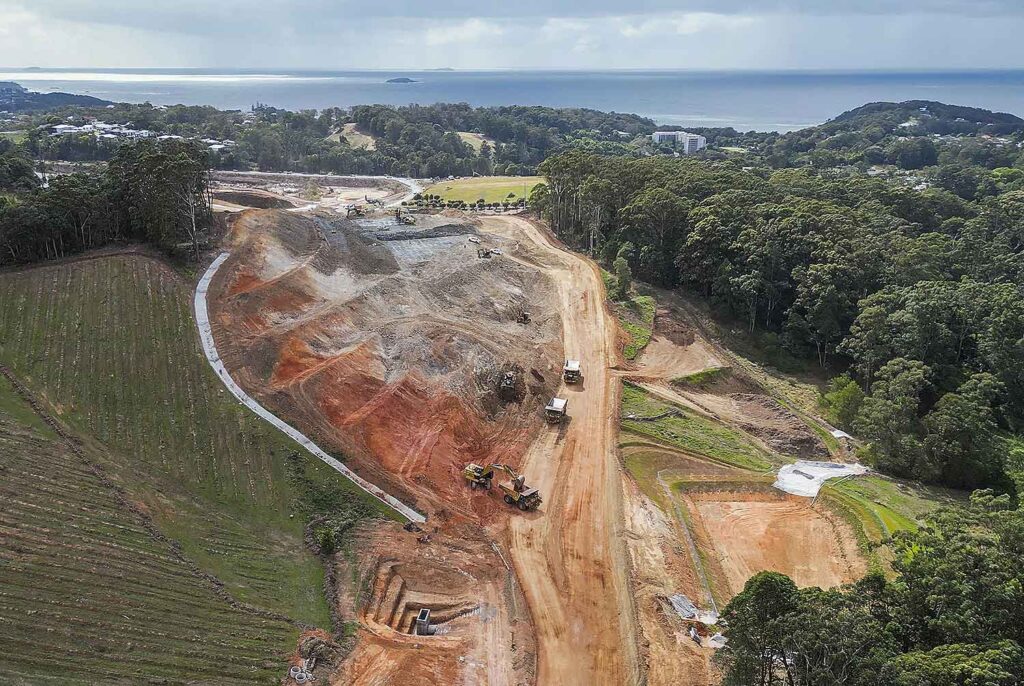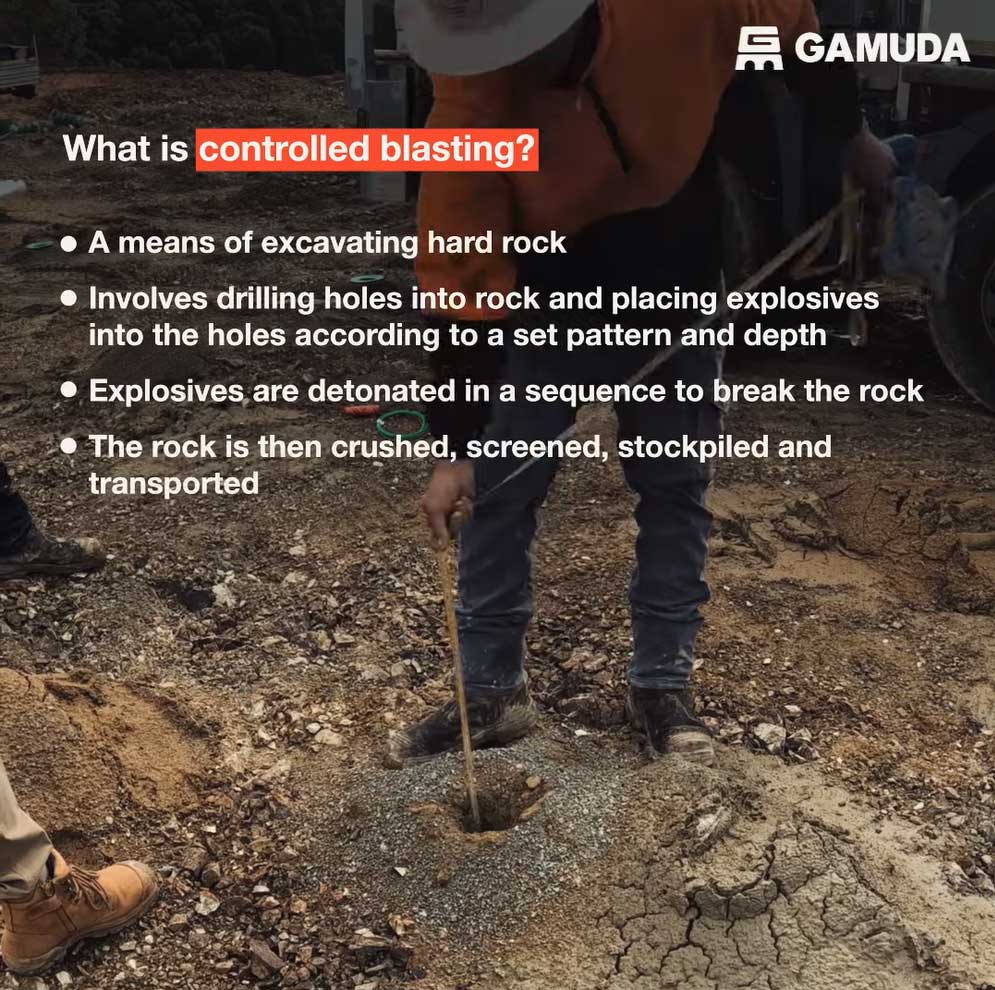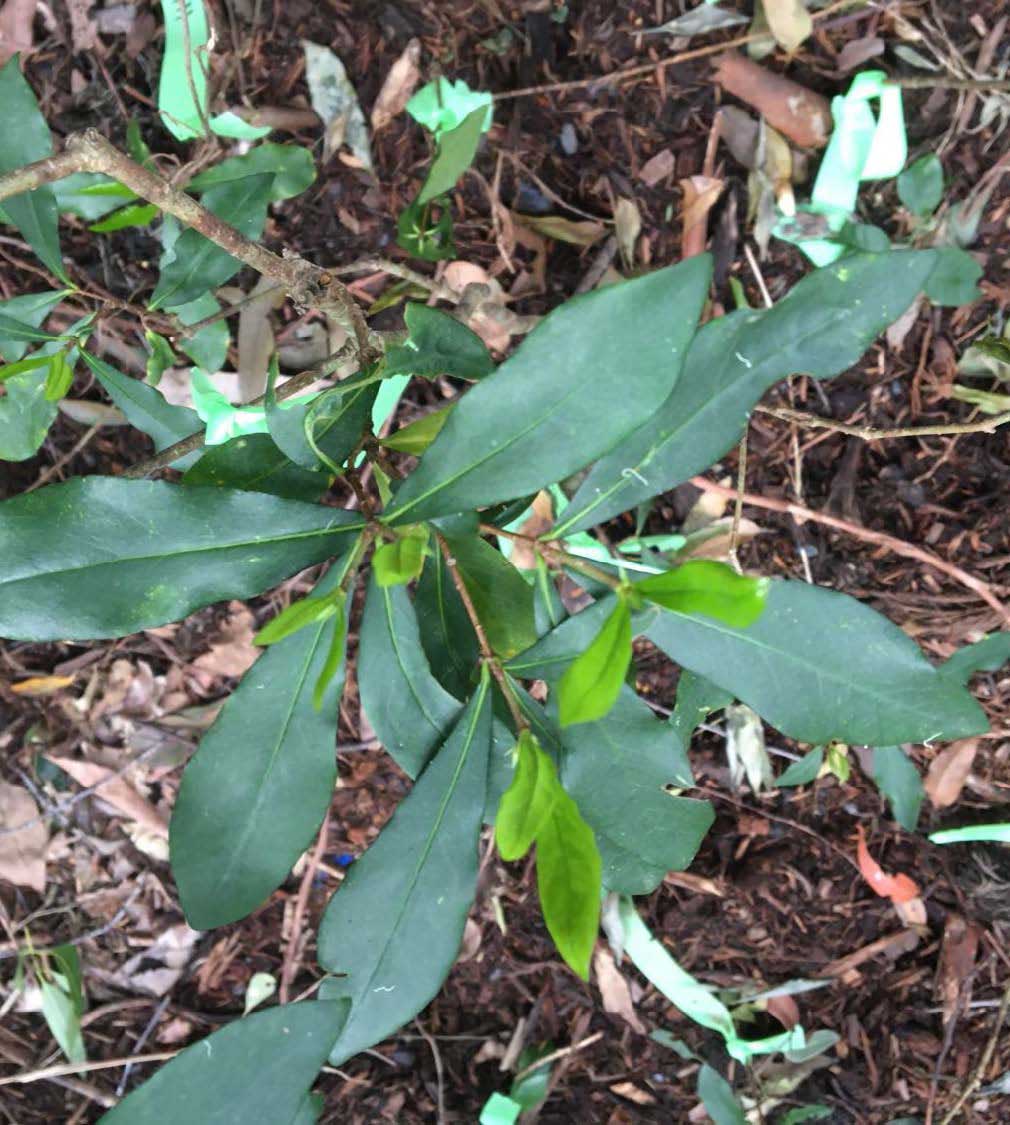Controlled Blasting Begins at Coffs Harbour Bypass
It is set to boost the regional economy and ramp up connectivity, road transport efficiency and safety for local and interstate motorists.
The Coffs Harbour Bypass is Gamuda’s second big infrastructure win in New South Wales, Australia.
At 14km-long, the new and upgraded four-lane highway is the largest infrastructure project in Coffs Harbour’s history!
A combination of engineering smarts and environmental and sustainable innovation, the project aims to deliver a positive legacy far beyond construction.
It is set to boost the regional economy and ramp up connectivity, road transport efficiency and safety for local and interstate motorists.
Last year, the project team achieved incredible milestones – they mobilised a workforce of more than 750 people, finalised detailed design, engaged more than 215 suppliers and subcontractors, completed about 90% of vegetation removal, and about 30% of the bulk earthworks programme.
Now, the team is geared up for another big year ahead!
Where are we now

Controlled blasting and bridge building are well underway, while portal preparation has started at the Gatelys Road Tunnel with controlled blasting and 24/7 operations to start in the coming months.
The Bypass is expected to be open to traffic from late 2026.
What is controlled blasting?
- It is a means of excavating hard rock.
- It involves drilling holes into rock and placing explosives into the holes according to a set pattern and depth.
- Explosives are detonated in a sequence to break the rock.
- The rock is then crushed, screened, stockpiled, and transported.
Controlled blasting used instead of tunnel boring machines (TBMs) because, unlike the Sydney basin, which is soft sandstone, the TBMs were not feasible to break through the hard geology in Coffs Harbour.
But controlled blasting has its benefits. It allows us to complete the work more efficiently and with less impact to nearby residents.
What happens to all that rock? It is transported to build lower-lying fill sites and processed for pavement materials.

As you know, Gamuda is always conscious of its impact to the environment and the communities in which we operate.
We ensure that we comply with regulatory requirements and go beyond required environmental impact assessments (EIA) to conduct biodiversity and carbon stock assessments, especially in areas near nature reserves.
We’re proud to share that the Coffs Harbour Bypass has also obtained the necessary environmental protection licenses.
Did you know… We supported Transport for NSW in translocating two ancient native tree species – Fointainea sp. Coffs Harbour and Pittosporum sp. Coffs Harbour – using a world-first genetic analysis technique developed by the Royal Botanic Garden Sydney.
This meticulous process involves the careful uprooting and relocation of these trees to designated alternative sites, ensuring their preservation and continued contribution to the region’s ecological heritage.

Meanwhile, we have supplied nearly 500 tonnes of large woody debris from the project to the Clarence River catchment for river restoration and reducing riverbank erosion. This will aid in flood protection and promote aquatic biodiversity habitat.
The project team also works with Mission Australia and Shoretrack to host local disadvantaged and disengaged youth on-site, where they educate them about the career opportunities available in construction, such as supervision, safety and environmental management.
These initiatives aim to empower the students by providing jobs on-site after graduation, and supporting their transition into meaningful, long-term employment.

